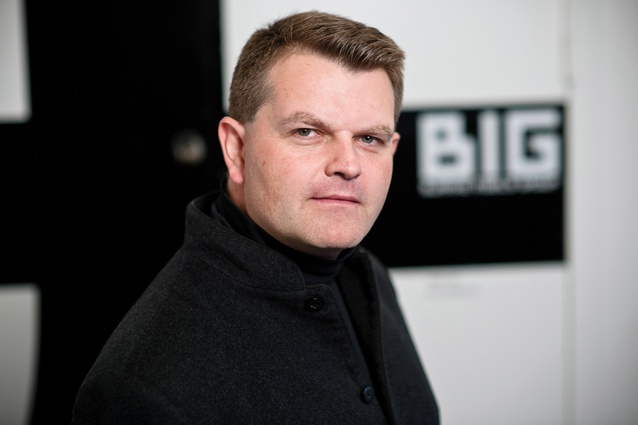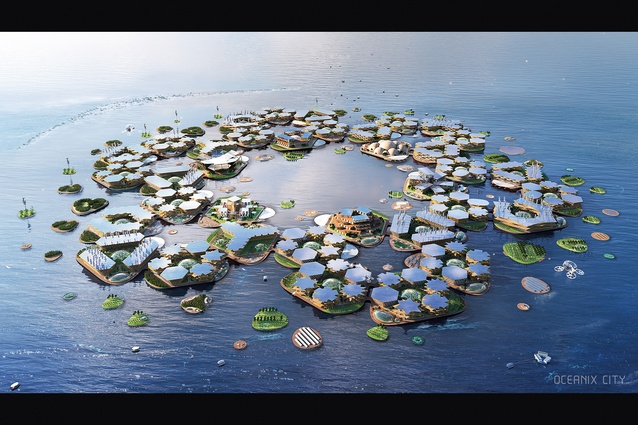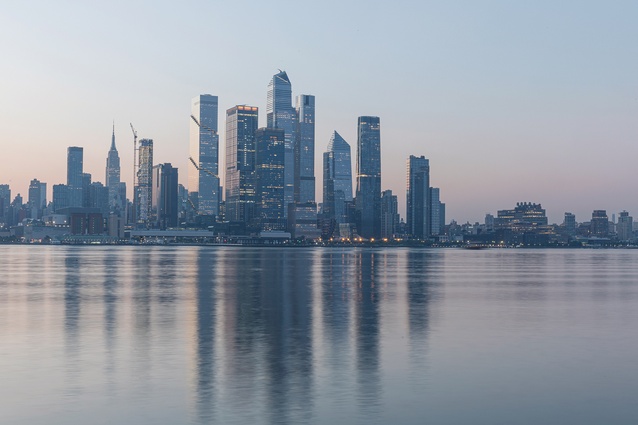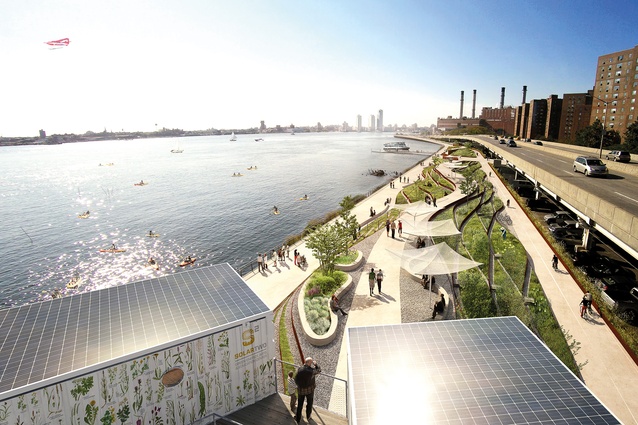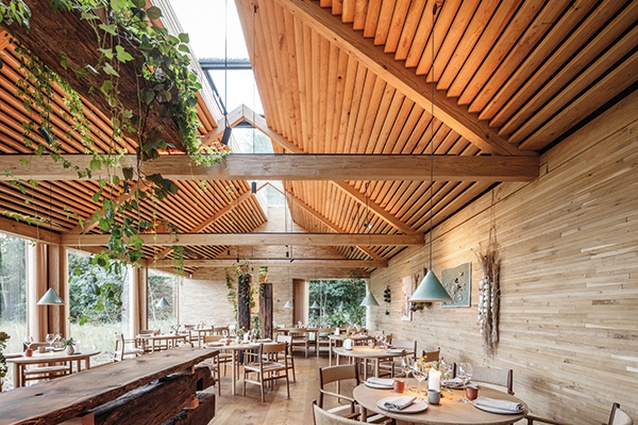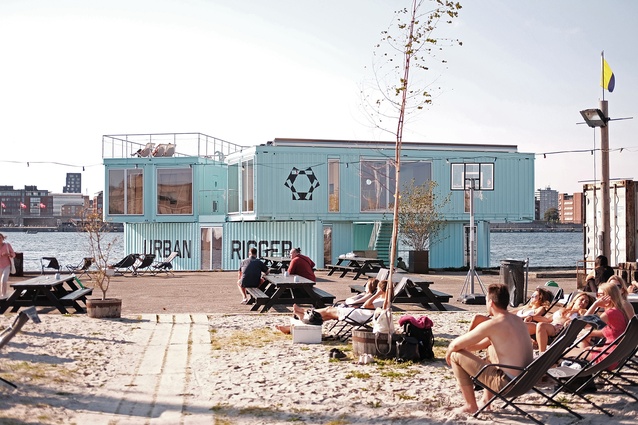Addressing emerging realities
Melanie McDaid caught up with Kai-Uwe Bergmann of Bjarke Ingels Group ahead of his visit to New Zealand in February for the NZIA in:situ conference.
When Kai-Uwe Bergmann was a young designer travelling the world, it was the work of Antoni Gaudi that took his breath away. “With the cathedral and the park and his buildings, it was of another world, so plastic and so fluid and like nothing I had seen before… for me, it was an epiphany.” Taking that inspiration, Bergmann is now a New York-based partner with the global architecture practice Bjarke Ingels Group (BIG), leading work in more than 40 countries.
Straight off the bat, his energy and excitement are palpable as he explains a project called The Spiral, an office tower in Manhattan that is nearing completion. “It has an outdoor terrace on every floor and the terraces spiral up, so it’s called The Spiral. Post-Covid, we can imagine the desire to go out and have fresh air and to bring fresh air into our buildings as key to having better and healthier places of work or living or learning. The Spiral is this new species of high-rise that also integrates landscape and biophilia into every floor, and this then seeps into the building.” According to Bergmann, this BIG project really speaks to what the future of building tall could be.
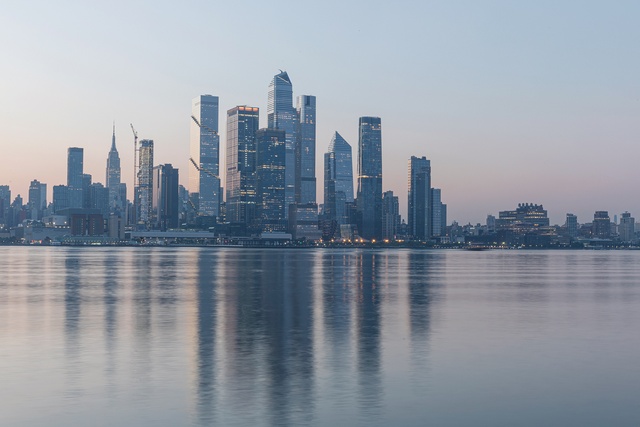
Throughout our 45-minute chat, Bergmann comes across as relatable, humble, down to earth and aspirational. Heading BIG’s urban and landscape projects in North America, Europe, Asia and the Middle East means he travels a lot in his professional role. Back home in the Big Apple, Bergmann lives with his family in Brooklyn in an area called DUMBO (Down Under the Manhattan Bridge Overpass), an old warehouse district. “We live in one of these [converted warehouse] loft spaces so your ceiling height is about 13 or 14 feet. The Brooklyn Bridge Park is just at the foot of Brooklyn Bridge and it stretches for 3.5 miles. I have two little children so, for us, being able to live in a city and enjoy everything that comes with it but then being able also to have the park and the water’s edge is a pretty unique combination.”
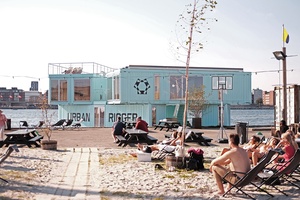
The conversation about the complexity of the world and the rate of change we see happening to our planet leads to a discourse on the list of multidimensional (and seemingly endless) success criteria to which architects are held accountable these days. “Architects are very much both responsible and also a guide to this. Forty per cent of carbon emissions come from the construction sector. It’s about finding a way to change habits: things like harvesting and thinking about the raindrops that fall and finding a way to redirect them to a place where you have as abundant and as much clean drinking water as possible. If it’s about food distribution and thinking about where food is plentiful and easy to grow and has soil, then where do we have a lack of food and how can we start to restructure those types of societies or delivery systems? It’s a very systems-orientated way of thinking: thinking about what the basic needs of people and of the planet are,” he explains.
BIG’s projects tend not to reaffirm the architecture of the past; they imagine change in the future and deal with the world’s emerging realities. He goes on to talk in detail about BIG’s Oceanix City, a project which stemmed from the UN asking the practice to consider designing a city that floats for 10,000 people. “It was a bit like Waterworld, that Kevin Costner movie. You really had to think about what it would be like to float and not be attached to any sort of physical location,” he says. For Bergmann, projects like this are a way for architects to be a part of the solution.
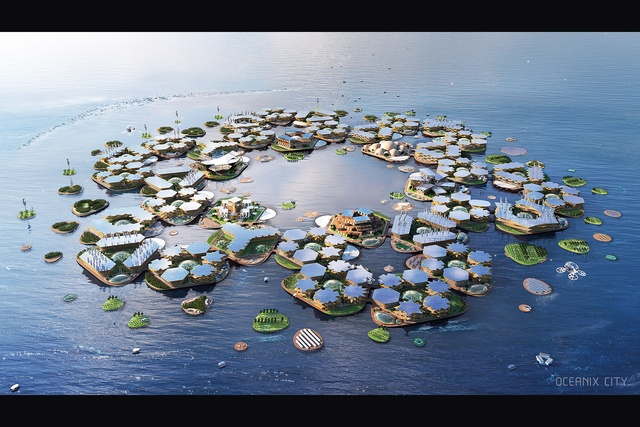
He enthusiastically talks about the concept of ‘hedonistic sustainability’ within architecture. This is a way of sustainability that focuses on the lifestyle of the user of the built environment, leading to an architecture where the user will both have pleasurable experiences and appreciate the social aspects of the sustainable architecture they inhabit. He says “[that] sustainability has been taught in the Western world through a very puritanical lens, saying that we are using too many resources and we need to reduce. Our approach is that, if you demonstrate a higher quality of life, people will migrate towards that. Then, if the higher quality of life, hedonism, is actually also a smarter way of using our resources, then you can get mass adoption and you can change the culture.”
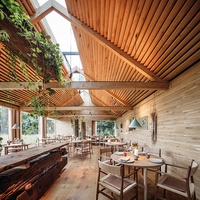
Known for his projects and philosophies around what infrastructure developments can be, Bergmann speaks passionately about the BIG U, which is a resiliency master-plan project that protects 16km of coastline in Manhattan. “It is what we would call a social infrastructure project: an infrastructure that would typically be designed by engineers. The engineers try to bring you from point A to point B in the quickest and most pragmatic way. We ask the questions: Does the path need to be a straight line? Can’t it be a meander? And while you are meandering, can’t you start to educate or programme different spaces?”
To achieve projects of this scale and multidisciplinary complexity, BIG has moved into a way of practice it calls the Bjarke Ingels Group of Landscape, Engineering, Architecture, Planning and Products or a catchier the ‘BIG LEAP’. He explains: “Initially, we were always working with landscape architects and what has changed over the past, say, eight to nine years, is we’re doing the landscape architecture ourselves. We do landscape design, we do our own engineering on some projects, we do the architecture inside and out, and we do our own product design. It is the kind of holistic approach in which you can start thinking about the inside and the outside and how it all flows together.”
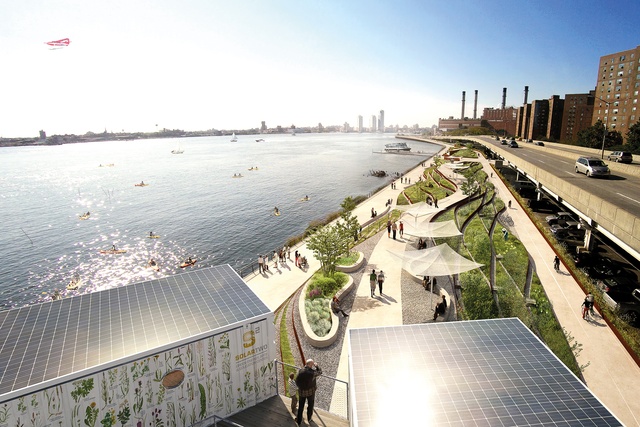
Bergmann is coming ‘down under’ in February, to share his insights about his work and the state of architecture globally as one of the international speakers at in:situ, the Te Kāhui Whaihanga conference. Having travelled to New Zealand in early 2019, he has some thoughts on our country and our culture of architecture here. He explains, “What struck me is that it is so driven by the natural order of things. There’s a feeling that, in a way, you are just here for a limited time, so you need to take care of things.”
About New Zealand architecture, he adds, “There are comparisons between Canada and North America, where you have the indigenous population that has, for years, been undervalued and that is now re-emerging. You can sense here, and now also in North America, where there is this honour now given to the ancestral home and the spirits. I think that’s a very good thing and I feel that this happened earlier in New Zealand with Māori culture and the pride that exists in this kind of closeness to nature and society.”
While in Aotearoa, Bergmann hopes to catch up with his “dear and close friend”, architect Jeremy Smith of Irving Smith Architects. Smith and Bergmann have crossed paths a few times, notably, through the Portman Prize and related visiting critic programme at the School of Architecture at Georgia Tech (the Georgia Institute of Technology in Atlanta).
What is he most proud of? “My kids, I guess, and everything that surrounds them. But, if you were to ask that professionally, I would say the office. We have created a culture of trust amongst ourselves and trust in the eagerness and curiosity that reside in us.” And he is truly believable when he says, “The idea is that, if you think of something, you can make it real”.


